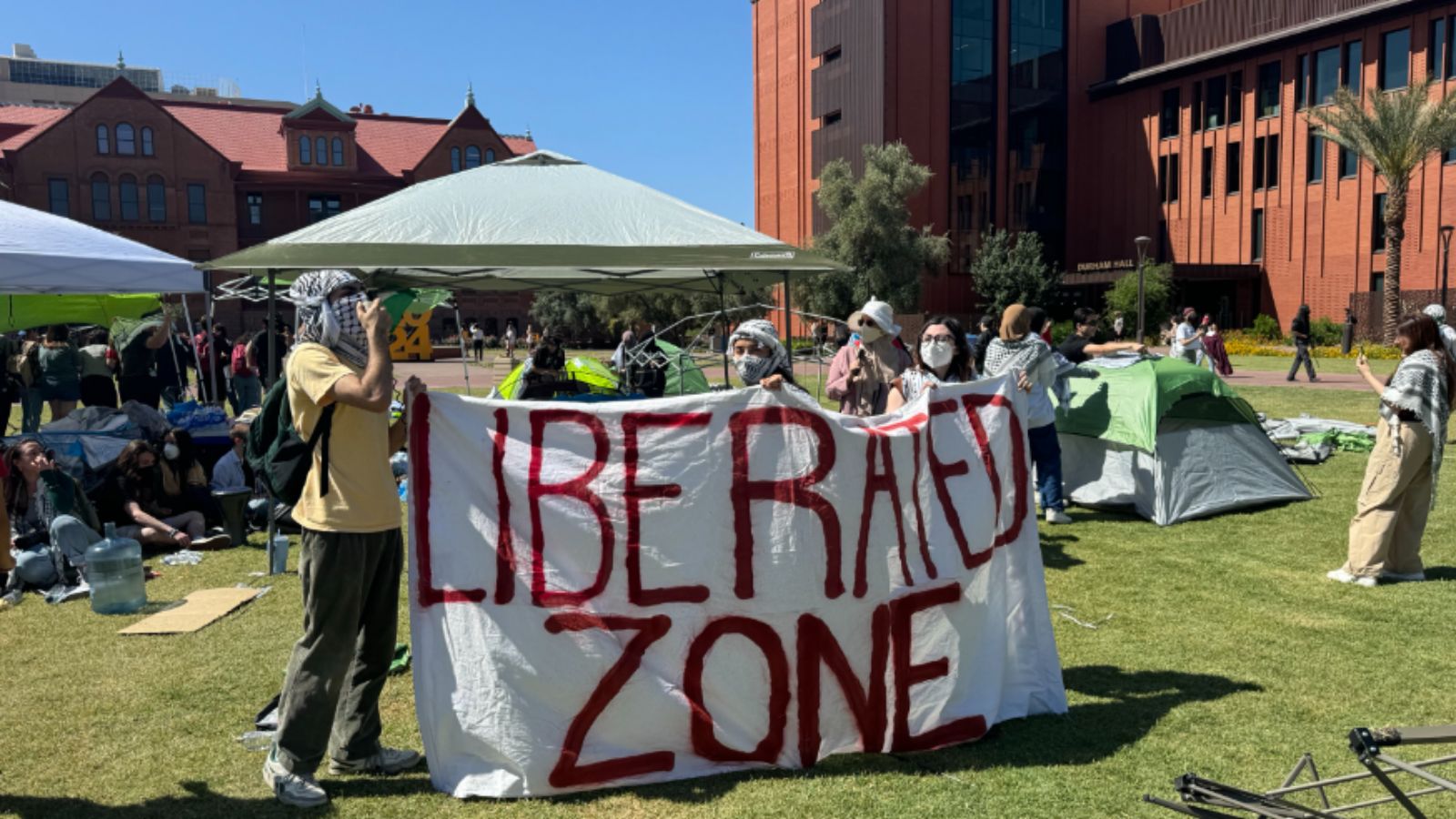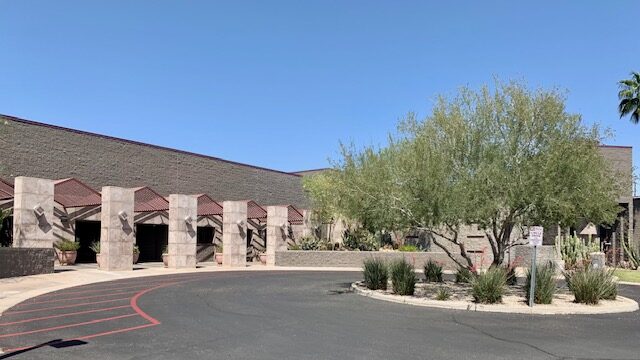Prescott researchers contribute to Nobel Prize-winning project
Oct 8, 2017, 6:16 AM

FILE - In this file photo dated Thursday, Feb. 11, 2016, Laser Interferometer Gravitational-Wave Observatory (LIGO) Co-Founder Kip Thorne speaks during a news conference at the National Press Club in Washington, USA, to announce that scientists have finally detected gravitational waves. The Nobel Physics Prize 2017 is announced Monday Oct. 3, 2017, awarded to 3 scientists including Kip Thorne, for discoveries in gravitational waves. (AP Photo/Andrew Harnik, FILE)
(AP Photo/Andrew Harnik, FILE)
PHOENIX — A group of researchers from Embry-Riddle Aeronautical University helped contribute to a Nobel Prize-winning project, according to a press release.
Five faculty and student researchers from Embry-Riddle Aeronautical University in Prescott, Arizona, were among the contributing researchers for LIGO, the Laser Interferometer Gravitational-Wave Observatory.
The project received the Nobel Prize in Physics for 2017.
LIGO is an observatory that can detect gravitational waves. It was started last year by three American scientists: Rainer Weiss of the Massachusetts Institute of Technology and Barry Barish and Kip Thorne of the California Institute of Technology.
The scientists first heard the sounds of gravitational waves in February of last year, affirming Albert Einstein’s 100-year-old prediction that “space-time” ripples around massive objects, such as black holes.
The waves are detected by a laser device, called an interferometer, which must be both exquisitely precise and extremely stable in a project that cost $1.1 billion dollars.
The first observation involved two of the devices about 1,900 miles apart — in Hanford, Washington, and Livingston, Louisiana. They came about 7 milliseconds apart, consistent with the speed of light.
Dr. Michele Zanolin, Embry-Riddle associate professor of physics and principal LIGO investigator, compared the discovery to “finding a new continent and we’re just about to land on the shore for the first time.”
“For 300 years, we looked at the light that came to us from the universe, which is electromagnetic radiation,” she added. “This light is emitted from only 4 percent of ‘stuff’ in the universe—everything else doesn’t emit light. Now, we can actually listen to the universe, because everything that is very massive and moves, creates gravitational waves.”
Zanolin was joined by fellow Embry-Riddle Aeronautical University researchers Dr. Brennan Hughey, Dr. Andri Gretarsson, Dr. Brandon Meredith, and undergraduate student Kiranjyot Gill.
According to a press release, Zanolin’s contribution to the project included the “creation and implementation of algorithms that assist in searching for and locating gravitational waves cast off by unseen celestial events.”
Hughey also characterized instrument disturbances that could be confused with gravitational waves and the search for gravitational waves in the presence of radio transients, while Gretarsson’s focused on identifying and developing optical coatings for the interferometer’s mirrors.
Meredith, a professor of mathematics, brought large-volume supernova data analysis and mathematics expertise to the project and Gill, the only undergraduate student, helped author the original LIGO discovery paper in 2016.









